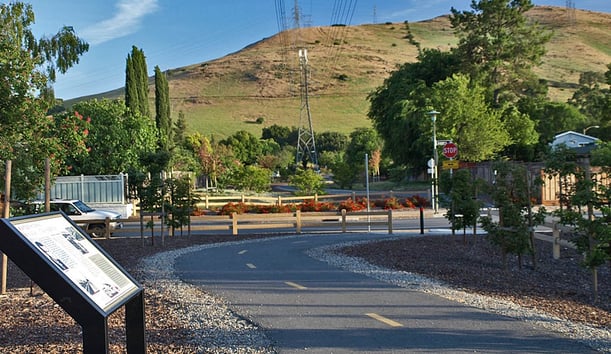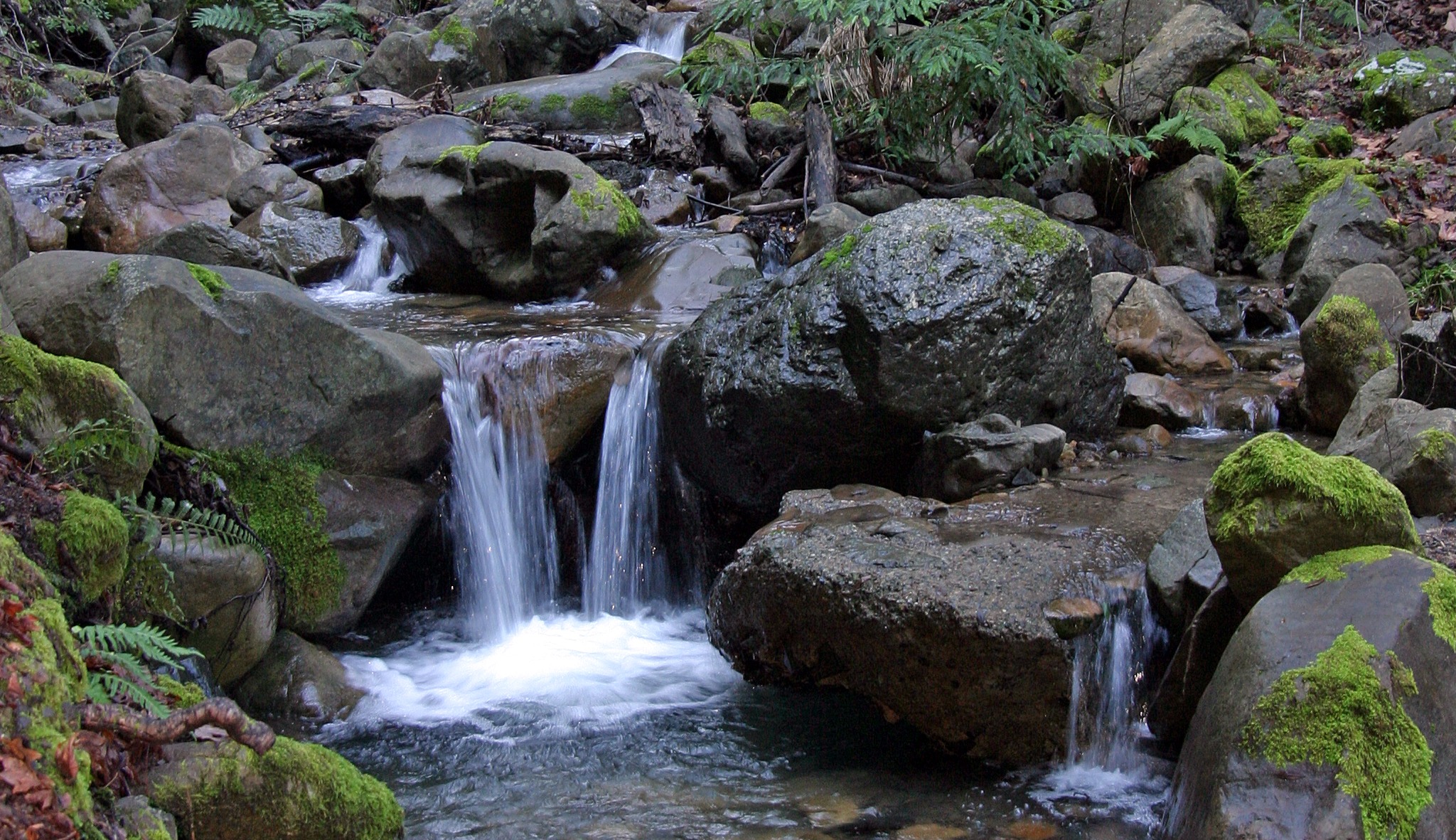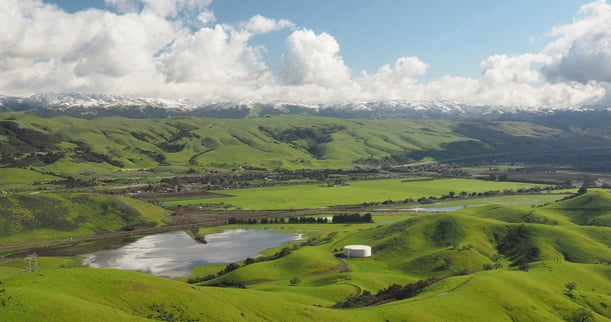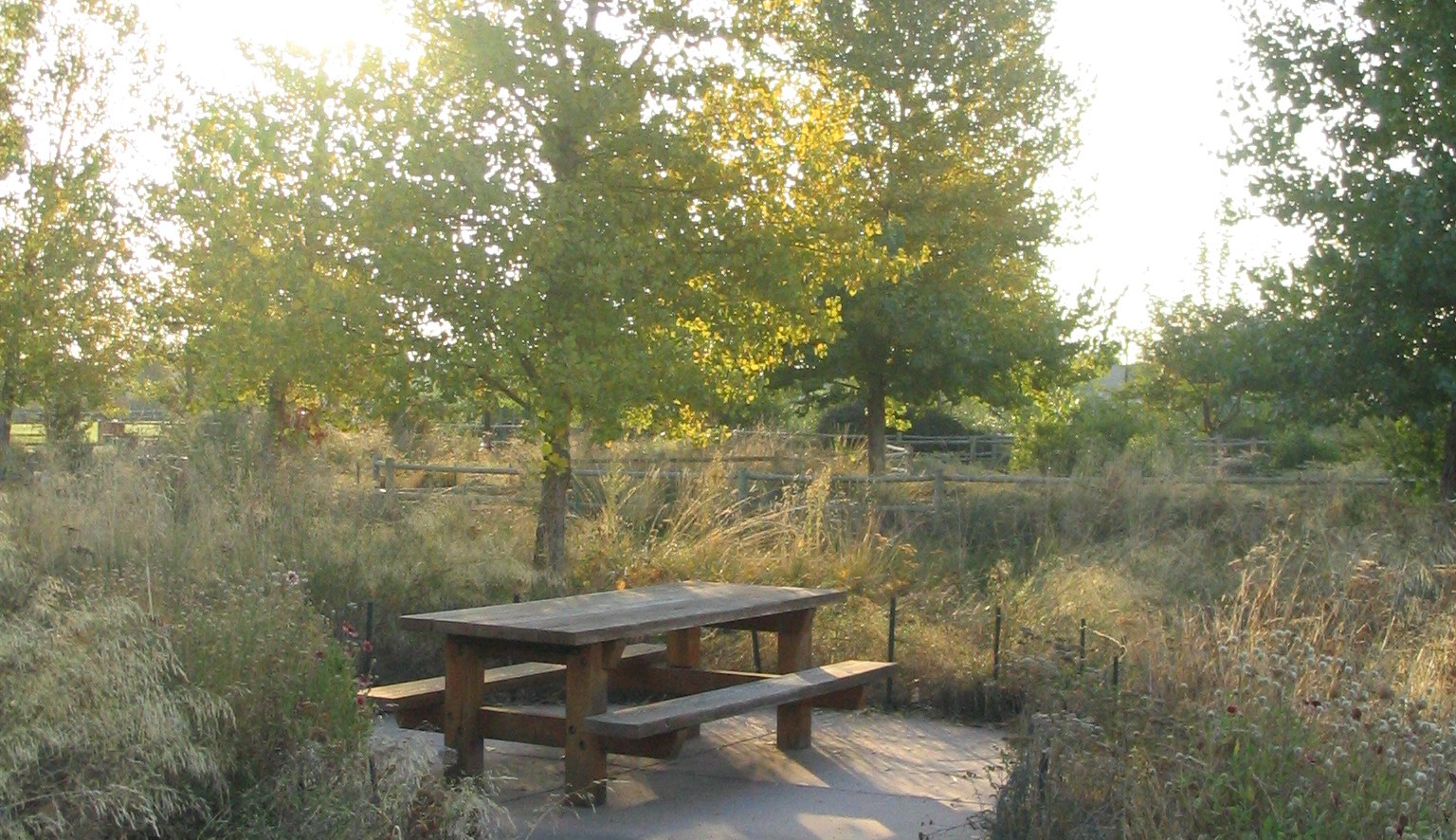The impacts of climate change are intensifying rapidly and as populations continue to grow, there is an increasing need to make our cities more adaptable to the needs of the future.
This involves reducing cities’ carbon footprints, increasing climate change resilience, promoting equity across communities, and maintaining sustainability amidst increasing pressure to develop on important natural and working lands. In partnership with the Open Space Authority and SPUR, the San Francisco Estuary Institute (SFEI) has released a report highlighting the urban planning strategies that can address these needs, and the City of San Jose is considering implementing them.
The report, Integrating Planning with Nature, released by SFEI late last year, outlines the actions and next steps that planners and stakeholders can take to realize their vision of a safe and sustainable future. The report discusses multiple nature-based solutions for cities to adopt, as well as implementation recommendations in Coyote Valley, which faces several climate risks and stands to benefit greatly from the solutions offered.
“This report shows that open space is so much more than just ‘nice to have,’” said Jake Smith, Conservation GIS Coordinator at the Authority, and a co-author of the report. “It’s an absolute necessity that has real, measurable benefits for surrounding communities.”

Nature-based solutions involve using natural infrastructure such as trees, greenspace, and wetlands, to provide services like stormwater management, carbon storage, and water filtration, just to name a few. To apply these solutions to life in the Bay, the researchers created six different land-use scenarios that are the most common across the Bay Area: The Urban Neighborhood, the Office-Park, the Cul-de-sac Suburb, the Cultivated Land, the Rural and Open Space, and the Parks and Protected Areas. These scenarios account for the various kinds of land use in the Bay, from very urban to very rural, and the report provides detailed nature-integrated planning suggestions across the gradient.
The report outlines a multitude of nature-based solutions, and includes a Toolkit clearly defining them. In urban areas, for example, researchers highlight the benefits of tree planting and increasing greenspace to help increase climate resilience and reduce air pollution. And in rural areas, they highlight the importance of the restoration of wetlands and natural areas for local wildlife and stormwater management for urban areas lower in the watershed.

Considerable emphasis is placed on the need to integrate urban and rural planning when looking towards the future, as there is typically a disconnect in planning these areas. Because urban and rural areas are generally a part of the same larger landscape, the needs of both areas must be considered, as the report describes is the case in Coyote Valley. The City of San Jose and Coyote Valley share the same watershed, so coupling land-use planning in the two areas is highly recommended.

Implementation of the report’s findings are already coming to fruition. Last month, the City of San Jose advanced a draft Urban Greening Implementation Plan to be proposed in the City’s priority setting process. This plan would incorporate equity-focused, city-wide urban greening improvement projects into the City’s annual priority-setting process. As outlined in the SFEI report, Urban Greening is the utilization of natural infrastructure to improve water quality, reduce flooding, promote biodiversity, and increase climate resilience. Actions to redesign and rebuild streets to incorporate urban greening could support other City priorities including enhanced bicycle and pedestrian safety and comfort, carbon sequestration, expanding native wildlife habitat, improved flood protection, increased public transit usage, and outdoor dining. While many of the new proposed priorities have been put on hold to address immediate needs, the item continues to garner support from the community with leadership from Councilmember Davis, to whom we are grateful for elevating this important issue. If adopted as a priority by the City Council, staff will move forward with identifying and planning projects that will implement these nature-based solutions.
Planning for climate resilience and minimizing the impact our cities have on the planet has never been more urgent. While there is much work to be done, these developments make resilient, green urban design less theoretical, and perhaps serve as a glimpse into cities of the future.

